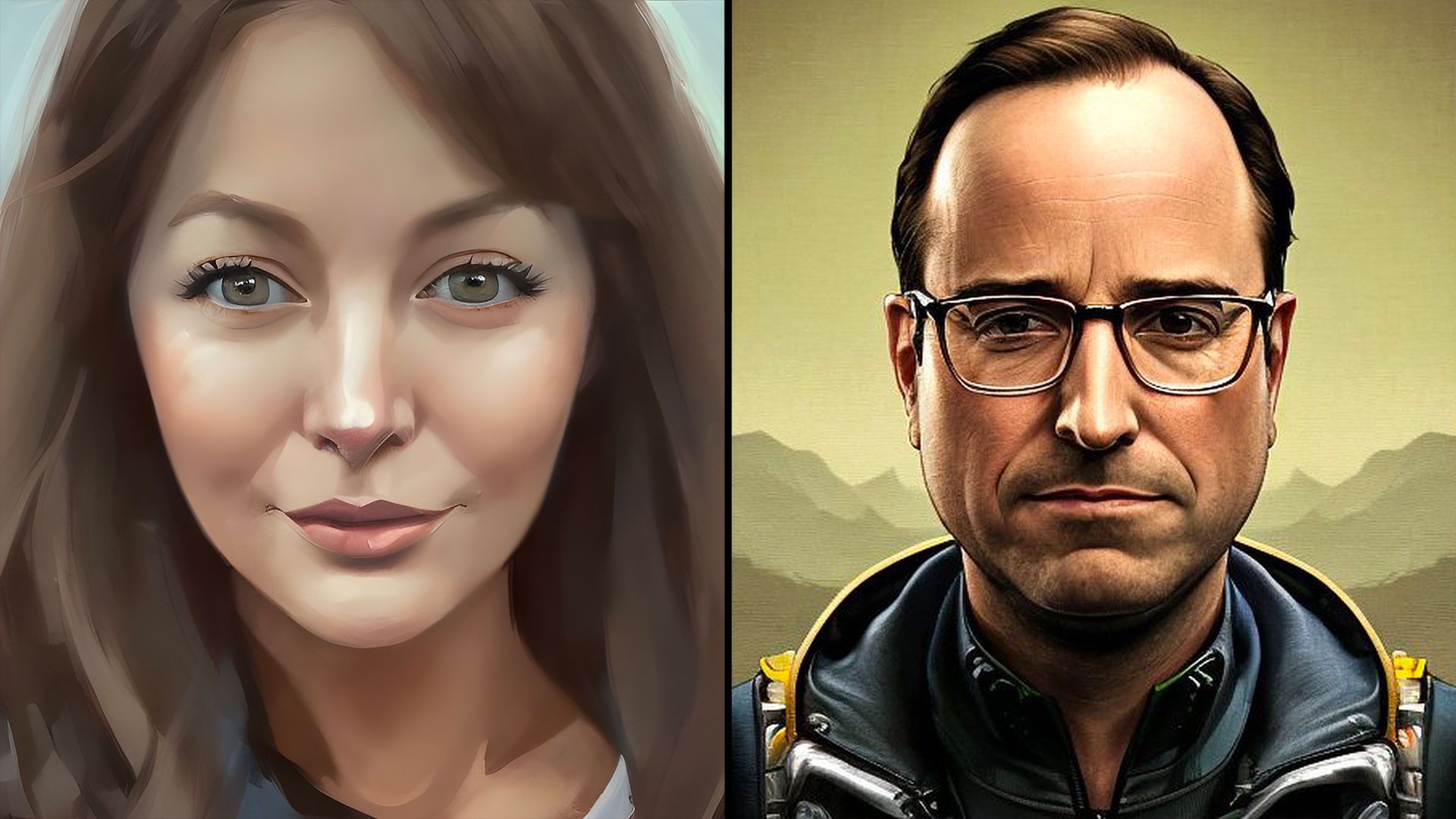
Seeing realistic avatars on social media? Here’s what they are, how to make one and the concerns about them
SAN ANTONIO – You’ve likely seen AI-generated selfies all over your social news feeds over the past week and wondered where they’re coming from.
It’s an app called Lensa that uses artificial intelligence to create 50 selfies after users submit a series of photos of themselves.
The resulting images are fun and some are stunning works of art — but there are also some major concerns about the app, from privacy worries to copyright issues.
How to make the avatars:
Users are prompted to upload photos of themselves and select gender as male, female or other.
After selecting and uploading the photos, the app will ask for payment.
There’s a one-week free trial to use Lensa but the selfie feature costs an additional $4 for 50 images. You can pay more for additional avatars.
The app then takes up to an hour to generate the images.
Avatars will be available to save and share once the process is complete.
Privacy concerns:
Some people have expressed concern about the app’s privacy policy, which stipulates that images used to generate the avatars can be used by Prisma AI — the company that owns Lensa. Prisma AI then uses the data to help improve its neural network.
The more data the network has access to, the better results it can generate for users.
“This face data, which includes position, orientation, and face topology, is harvested using Apple’s TrueDepth API — the same face-tracking capabilities that allow iPhone users to unlock their phones with their face just by looking at their screen,” according to ARTnews.
The face data is not sold to third parties.
Artists issues:
Critics of the app are pointing out that the AI-generated images are stealing art.
According to the Philadelphia Inquirer, Lensa critics are saying the platform uses nonprofit loopholes to access thousands of real images and photographs while profiting from the results.
“Stable Diffusion, the AI image generator that powers Lensa, was originally trained on 2.3 billion captioned images,” TechCrunch reported.
Those images include watermarked images, copyrighted works, photos from Pinterest, Smugmug, Flickr, illustrations from DeviantArt and ArtStation and stock images from sites like Getty and Shutterstock.
“Individual artists didn’t opt in to appearing in the training dataset, nor can they opt out. According to LAION, the nonprofit that created the huge datasets to begin with, the troves of data are ‘simply indexes to the internet,'” according to TechCrunch.
Jon Lam, a senior story artist at Riot Games, shared this sentiment in a tweet Monday afternoon:
Before I go to bed, I wanted to say this. I love the art community deeply. When AI artists steal/co-opt art from us I don’t just see art, I see people, mentors and friends. I don’t expect you to understand. #artcommunity #aiart pic.twitter.com/5z77aqI3aK
If you still have concerns about using Lensa, the privacy policy can be found here. The company states that the app is not intended to be used by people younger than 18 years old.
More headlines:

